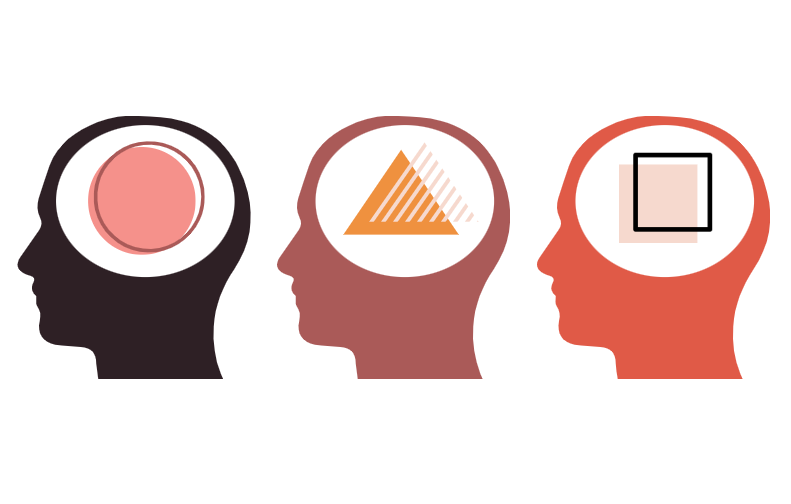Interdisciplinarity is becoming an increasingly popular concept, yet there remains a lack of clear advice on how postgraduate students should plan their careers with this in mind. Hailing from an interdisciplinary research centre, I’m well aware of the perks of interdisciplinary thinking. However, having asked careers advisors, academics, and my supervisors about how to best approach an interdisciplinary research career, the common response was that ‘it won’t be easy’.
This is largely due to the ongoing tension (within academia at least) between the need for specialism and generalism. Despite universities and research councils supporting more interdisciplinary research programmes and projects, academic norms and structures continue to make interdisciplinary research an inherently difficult thing to do. This blog post introduces three major barriers that academia still needs to remove to allow interdisciplinary research to work in practice:
The Disciplinary Divide
Undoubtedly the most obvious barrier to interdisciplinary work, and the one highlighted to me most frequently, is the fact that university departments, academic journals, and research funding continue to be divided by disciplines. As a postgraduate student, I’ve constantly been asked what my academic background is and have been told that I need to retain a base discipline, regardless of the broad research skills and interests that I will develop as part of an interdisciplinary programme. Although this may differ dependent on discipline – as certain departments, like social policy, don’t require intensive foundational knowledge and so are more accessible – these structures mean that (by and large) interdisciplinary research students still need to spend time cultivating disciplinary expertise, which seems quite counterintuitive.
The Quantitative vs Qualitative Debate
Tying into the previous challenge, disciplinary preferences to teach either quantitative or qualitative methods – or at least not encourage active training in both – continue to limit potential for interdisciplinary work. With quantitative methods (that collect and analyse numerical data) and qualitative methods (that collect and analyse non-numerical data) often pitted against each other, mixed methods research (that combines both approaches) has only started to gain popularity in recent decades. Interdisciplinary research naturally encourages more creative approaches that blur these traditional methodological boundaries. However, minimal training in diverse research approaches may limit students’ ambitions.
The Emphasis on ‘Independent Study’
While real-world interdisciplinary research is all about collaboration and engagement, interdisciplinary research as a student remains a solitary pursuit. As universities are centred around independent learning and research, even interdisciplinary research degrees (like mine) that place a strong emphasis on groupwork and networking require the final thesis to be completed as a fully independent piece of work. For students without opportunities to engage in collaborative work outside of university, this could leave them very underprepared for the workplace and the reality of interdisciplinary work.
For me, these barriers show that – while universities and research councils are the ones that are leading the charge for interdisciplinary research – the onus remains on students to make it possible. The immense task of maintaining a specialised disciplinary base, while also learning to adopt alternative research methods and work in collaborative ways, puts a huge burden on interdisciplinary researchers – considering how challenging postgraduate study and academic research already are.
So, what should be changed, and is change even possible? As much as I enjoy the idea of interdisciplinary research, and have thrived within my PhD environment so far, I can’t help but feel pessimistic. Personally, I know that I will need to undertake a lot of training to overcome the challenges outlined above and (despite the support offered by my research centre) it feels quite overwhelming.
Over the next few years, I hope that universities can start to develop better guidance and support for students involved in interdisciplinary research. The University of Edinburgh has released a guide for interdisciplinary early career researchers, but institutions could still lean further into promoting interdisciplinary research as the norm by:
- Encouraging (or even financially incentivising) students and early career researchers to collaborate across disciplines through coursework or extracurricular projects.
- Delivering a minimum standard of training in both quantitative and qualitative research methods.
- Removing (or at least lowering) expectations for academics to hold specific disciplinary experience within certain fields.
However, there is a definitely long way to go. An Ex Libris blog has identified four strategies to foster interdisciplinary research, yet practical execution remains a concern and change will require joint effort.
Due to this, I would love to hear your opinions on these challenges and how they could be overcome – whether you have personal experience of interdisciplinary research or not. Feel free to comment below or get in touch with me via LinkedIn to share your thoughts.







